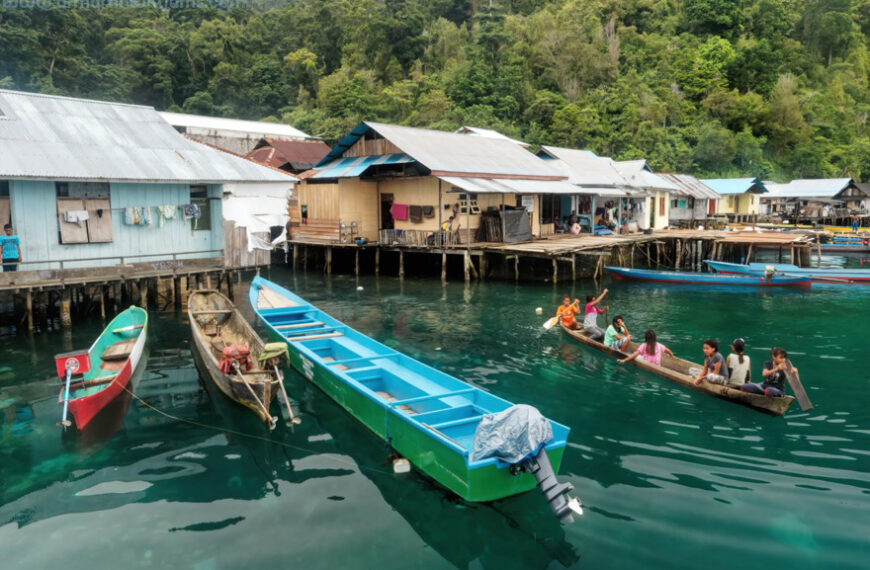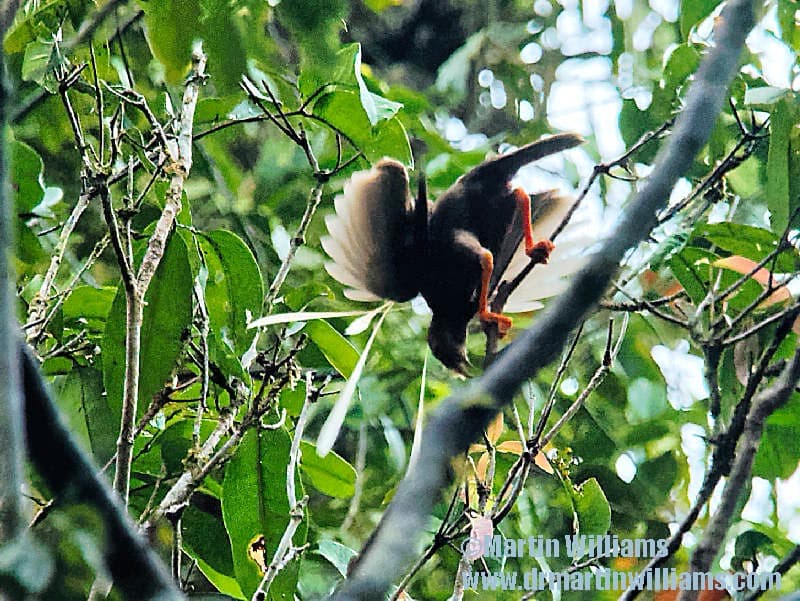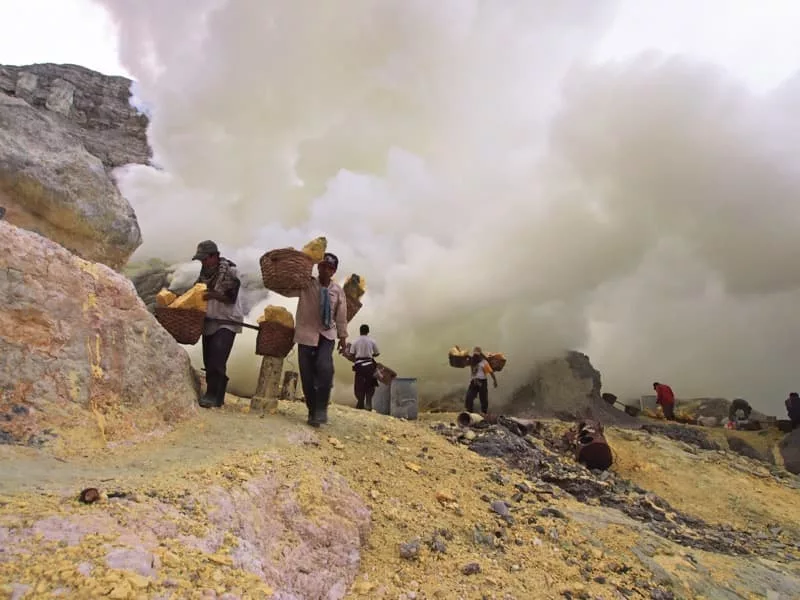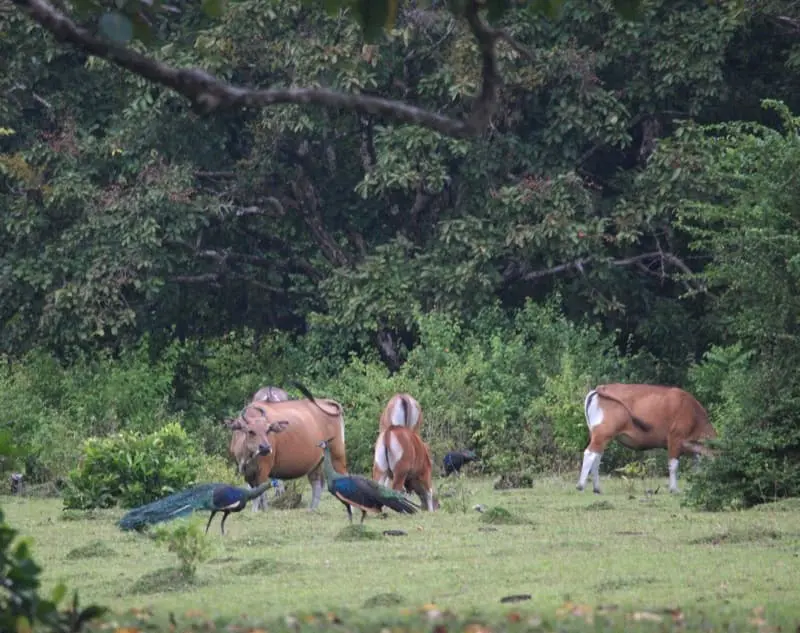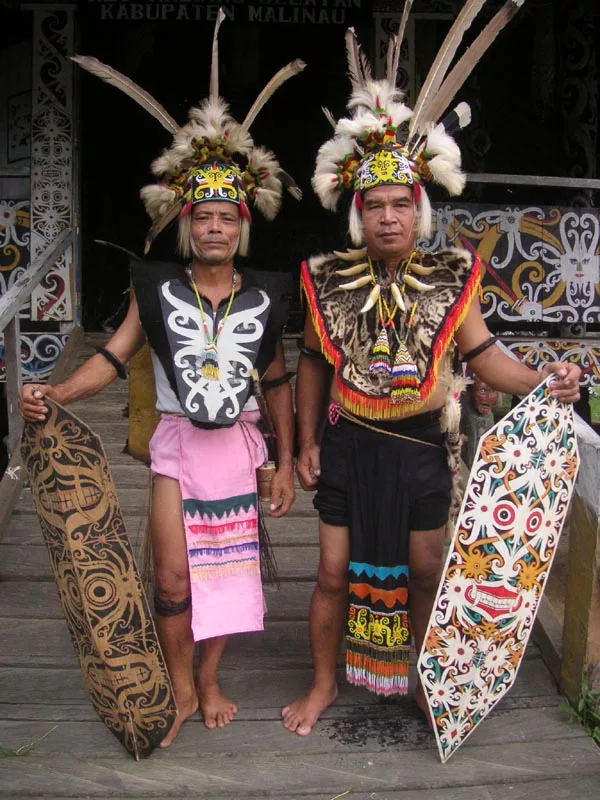Mention to a Hongkonger that you’re going on holiday to Indonesia and they may ask, “Bali?” Yet there is far more to this sprawling archipelago nation than the resorts of Bali, particularly if you are willing to venture off the beaten track. Even a relatively short road trip from Jakarta allows you to explore a variety of glorious landscapes, and experience a little of life on Java, the world’s most populous island.
First, you must escape the sprawling metropolis of Jakarta, perhaps taking a route from the airport that avoids the downtown areas entirely. While it’s less than 100 kilometres as the crow flies to the south coast, traffic snarls in towns and villages en route may mean the journey takes around four hours.
Harbour of the Queen and nearby
There’s a coastal town named Palabuhan Ratu. While this translates rather poetically as “Harbour of the Queen”, it’s mainly of interest for hosting several hundred wooden fishing boats, and a quayside market with arrays of tropical fish like mahu-mahu and tuna alongside squid, octopuses, shellfish and crabs.

For a side excursion, head west along a highway for a couple of hours, and turn onto a side road to Sawarna. Here, a 2.5 kilometre long sandy beach set in a sweeping bay combines with the powerful waves typical of south Java to create a popular surfing location. It’s scenic, too, especially by the eastern headland, where a wave-carved rock platform is topped by two neighbouring outcrops of rock, standing like house-sized natural sculptures.
Roads pass through villages typical of those that dot rural Java, where there may be houses built to a Dutch-influenced design – single-storey, topped by gabled roofs that extend over front doors to shelter verandahs. Brick red roof tiles contrast with walls painted cheery colours like orange, red or blue, and extravagantly blooming shrubs grace tiny gardens.

You might come upon a village hosting a wedding party – an all-day celebration with people from miles around arriving to eat, and congratulate the bride and groom who are dressed up and made up like a Javan prince and princess for the day, greeting their guests in a marquee. While womenfolk wear the hijab headscarves that are increasingly de rigeuron Java, there might be entertainment by a dangdut band, playing popular dance style numbers fusing traditional and western styles, sung by wiggly-hipped young women wearing skimpy clothing and improbably high-heeled shoes.
South from Palabuhan Ratu, a recently upgraded two-lane highway makes for a wonderful coastal drive. There’s little traffic, and the road winds along gentle hillsides with farmsteads and rubber plantations, affording views of the Indian Ocean. After a hilltop viewpoint looking across a bay, the road drops to a coastal plain with a scattering of homestays, which are akin to Indonesian bed-and-breakfast places.
Ciletuh-Palabuhanratu Geopark
This wannabe resort area is evidently trying to capitalise on attempts to boost tourism here through highway building, and being within Ciletuh-Palabuhanratu Geopark, which was established in 2015 and admitted to the UNESCO Global Geoparks Network in April 2018. The huge, sprawling geopark stretches roughly 70 kilometres from north to south and up to around 40 kilometres east to west and, spanning 1,261 square kilometres, is larger than Hong Kong’s total land area. As you would expect given Java’s location on the Pacific Ring of Fire, most rocks are igneous or volcanic, reflecting a geological history including violent earth movements.

These earth movements have resulted in the coastal plain being bounded by a steep rim to the north. Here, several fabulous waterfalls are among the highlights of the geopark. Curug Sodong – Sodong Waterfall – is among the easiest to reach, beside a car park reached via narrow roads through rice paddyfields and villages. A stream splits to form two columns of water that plunge down a 20-metre cliff face. While impressive in its own right, there’s a trail to the valley above, where there’s a 60-metre high cascade amidst trees, and beyond it a 100-metre fall from ramparts bounding an area the recalls the Lost World of Arthur Conan Doyle.
Ujung Genteng – a southern cape of Java
There are no dinosaurs here of course, though nearby there’s a chance of seeing reptiles from their era – at a turtle nesting beach. This is at Ujung Genteng, a village area on the south coast of the geopark. While it’s just another 20 kilometres away, the route follows narrow roads that wind through a landscape of rolling hills, so the journey takes well over an hour.
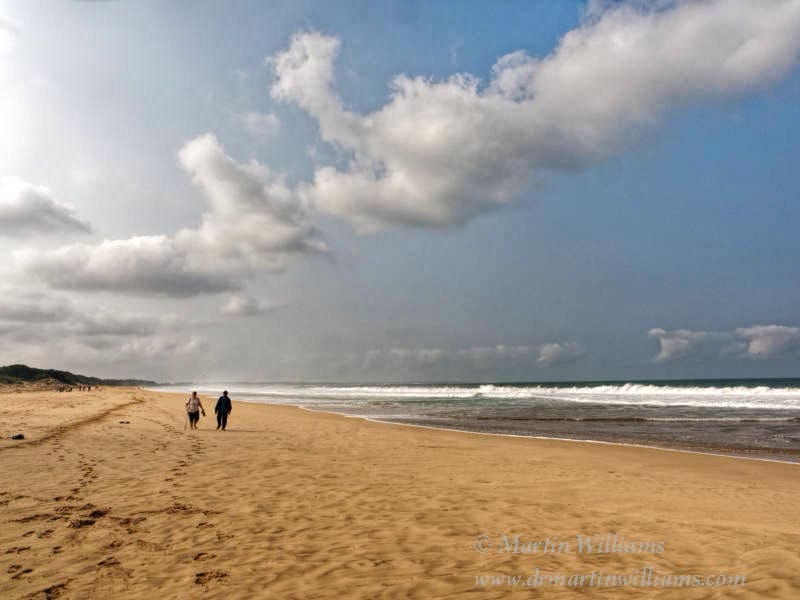
Though remote, Ujung Genteng is partly a seaside resort for adventurous city dwellers, with motel style accommodation along a coast road that’s little more than a dirt track. The turtles nest at a specially protected beach, where with luck you might see a testing turtle at night, and in late afternoon witness staff releasing baby turtles that have just hatched from eggs they have collected and placed in a sandy enclosure protected from poachers.
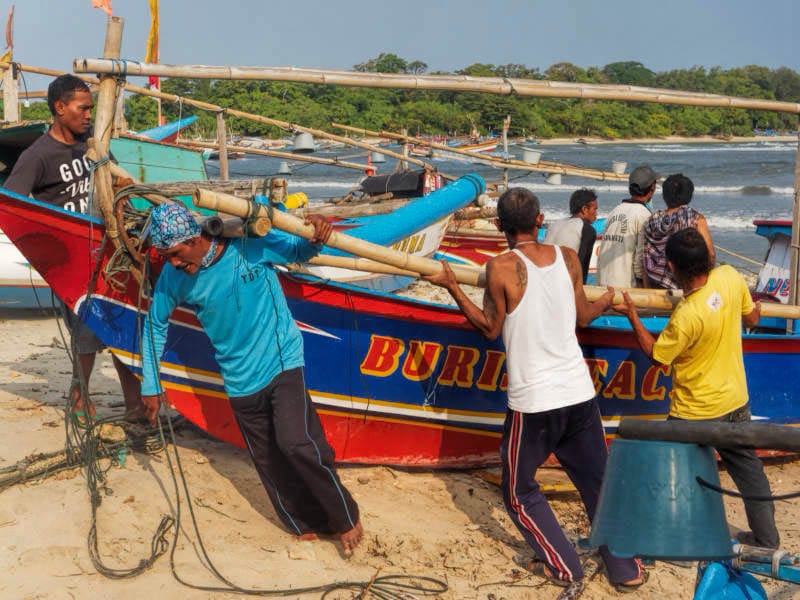
Ujung can be translated as “cape”, and there’s a slender headland thrusting south into the Indian Ocean. On the west coast is cove with a modest fishing village. There’s no harbour, and the wooden boats are simply kept on the beach, and have to be hauled well above the tideline or even onto the road if there are warnings of huge waves inbound, whipped by Antarctic storms.
Java’s Switzerland – with volcanoes
Rather than just head back along the same route, it’s possible to make a circuit back to Jakarta by driving east, then turning north and inland, to near the town of Garut – in an area dubbed the “Switzerland of Java”. Although its upland setting and cooler climate than the lowlands helped make it a resort during Dutch colonial times, early last century, it’s of course hardly Switzerland – as the landscape is lush year-round, with abundant rice paddies; and the surrounding peaks are active volcanoes.

There’s relatively easy hiking on one of these volcanoes, Gunung Papandayan. Perhaps this used to have a classic cone shape, but in 1772 an eruption led to the northeastern crater rim collapsing, with a debris avalanche which, according to Oregon State University’s Volcano World webpages, killed 3000 people. Now, you can drive to a car park to around where the rim collapsed, and climb a trail to the crater.
It’s a little like walking into a gigantic quarry, with cliffs bounding the rough, rocky terrain. Steam hisses from four main holes in the crater. These are fumaroles, each surrounded by coatings of yellow sulphur on the rocks. The smell of sulphurous gases – one acrid, one like rotten eggs – pervades the air.
Zigzag flights of steps lead to a warung, a simple wooden restaurant just above the crater; it’s a welcome place for refreshments. Onwards and upwards, the trail reaches a place where a minor eruption in recent years led to superheated gases pouring across the crater rim, turning slender trees into skeletal black trunks contrasting with the bleached ground.

Walk further, and there are dense woods of dwarf trees, along with bushes bearing clusters of whitish flowers. These are Javanese edelweiss, and show there is indeed some connection between this region and Switzerland, as plants in the edelweiss family evidently spread from Asia to the European Alps during the Ice Age.
Even on a fine, still morning there are remarkably few birds to be seen or heard. A guide reveals that birds were plentiful until trappers arrived within the last ten years. Sadly, Javan bird trappers are terribly efficient, and much of the island is almost bereft of common birds.
Returning to Jakarta, you might stop at the city of Bandung, and check out a market abounding with cage birds for sale – some of which are endangered species, all of which look pitiful to any wildlife lover. Though it’s more pleasant to drive to the rim of Tangkuban Parahu – the “upside down boat” volcano – and look down into the crater, where steam roars from a vent with a sound like a mighty waterfall.
Then, it’s back to busy highways, and the fringes of Jakarta.
Geopark website: http://ciletuhpalabuhanratugeopark.org/en/
Indonesia travel articles
Seram and Haruku, South Maluku: The Islands Where Birds Colour the World
There are resorts that might be described as “Away from it all” when, truth be told, they’re little more than just…
To the Spice Islands of Wallacea, eastern Indonesia
Approaching Ternate from the air, I see a volcano rising from tropical blue sea, with green slopes, clusters of small houses…
Kawah Ijen sulphur mine on Java in Indonesia
It’s a little after 1.30am. Time for the earliest breakfast of my life: noodles and coffee, at a shanty style café…
Javan Jungles inc Gunung Halimun and Ujung Kulon Indonesia
Though Java is the world’s most populous island, there are remote forest areas with wildlife including rare species like gibbons and…
Forest Conservation in Kalimantan, Indonesian Borneo
I’m travelling to meet people working to save the remaining forests of Borneo, which was described Charles Darwin as, “One great…


















